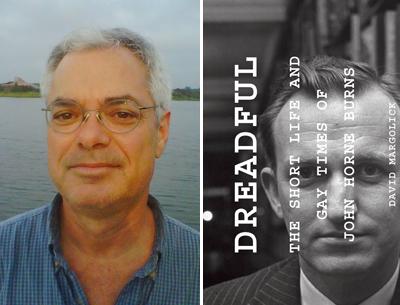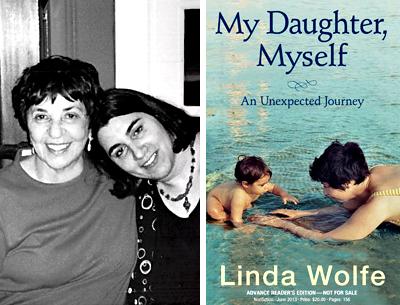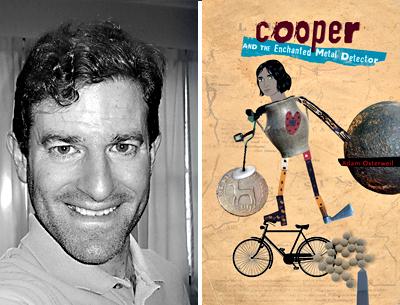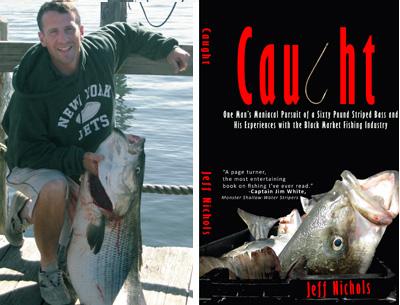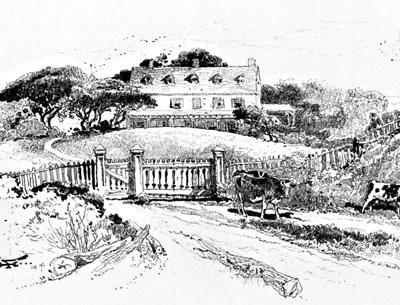Book Markers 06.27.13
Book Markers 06.27.13
New From Rosenblatt (et al.)
Oh sure, it’s a group reading, but there must be privileging. At least when Roger Rosenblatt clears his resonant throat to offer up some new prose — in this case, from “The Boy Detective,” a forthcoming memoir about growing up in the Big Apple.
The occasion is a gathering of five writers associated with The Southampton Review on Saturday at 5 p.m. at BookHampton’s new digs in Southampton, a little storefront within shouting distance of Sip ’n’ Soda on Hampton Street. Mr. Rosenblatt will be joined by the legendary cartoonist Jules Feiffer, who is finishing up a “comix noir” graphic novel, “Kill My Mother,” and the poet Julie Sheehan, the author, most recently, of “Bar Book: Poems and Otherwise.”
And, more or less fresh from the M.F.A. program Ms. Sheehan directs at Stony Brook Southampton, come Genevieve Crane (fiction and memoir) and Christopher Byrd (fiction).
Salter Speaks
Sag Harbor’s Canio’s Books, tried and true, independent and funky, is ushering in its own summer season of literary events with the ultimate writer’s writer, James Salter, reading from his first novel in more than 30 years, “All That Is.” The book follows, enticingly, a Navy officer as he enters the publishing world of postwar Manhattan.
Mr. Salter, who lives in Bridgehampton, turned 88 earlier this month. He’ll read starting at 5 p.m. on Saturday.

